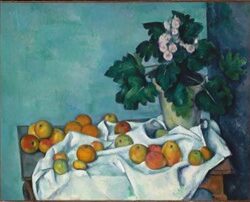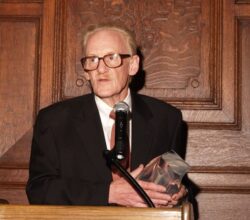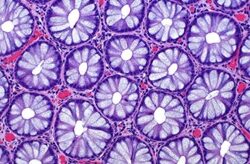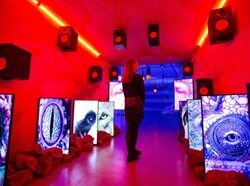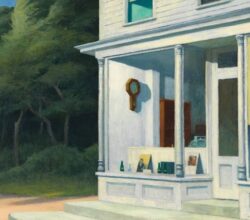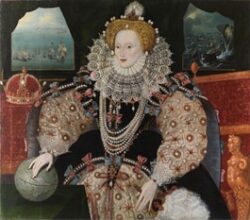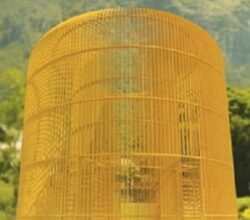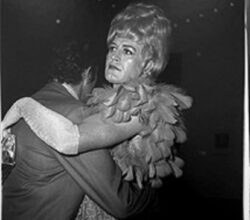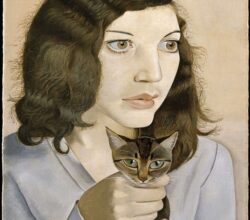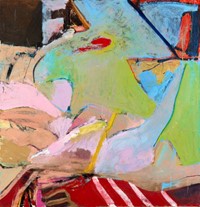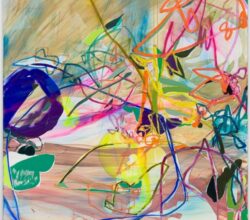
Jadé Fadojutimi: Can We See the Colour Green Because We Have a Name for It?
Beth Williamson | Studio International
Fadojutimi is young, and hot property. Still under 30, her work has already been acquired by Tate and she is represented at this year’s Venice Biennale. That’s the easy part. Rather more difficult is how to evaluate such a young artist with a limited output. Her work has “intense graphic energy” and, says one critic, “exists in a thrilling mid-point between the abstract and the figurative”. The above writer expects Fadojutimi will eventually be ranked as one of the greats of British landscape painting.


